B.197
B.
Bulletin
New Zealand's leading
gallery magazine
Latest Issue
B.22201 Dec 2025
Contributors

Director's Foreword

Director’s Foreword
Welcome to the spring edition of Bulletin. Our downstairs touring exhibition galleries are currently alive with video and moving image art, all of it produced by Māori practitioners in the last thirty years. This exhibition, which tours to us from the Dowse Art Museum in Lower Hutt, looks to capture and collate the contribution of Māori artists to time-based art practice in this country.
My Favourite
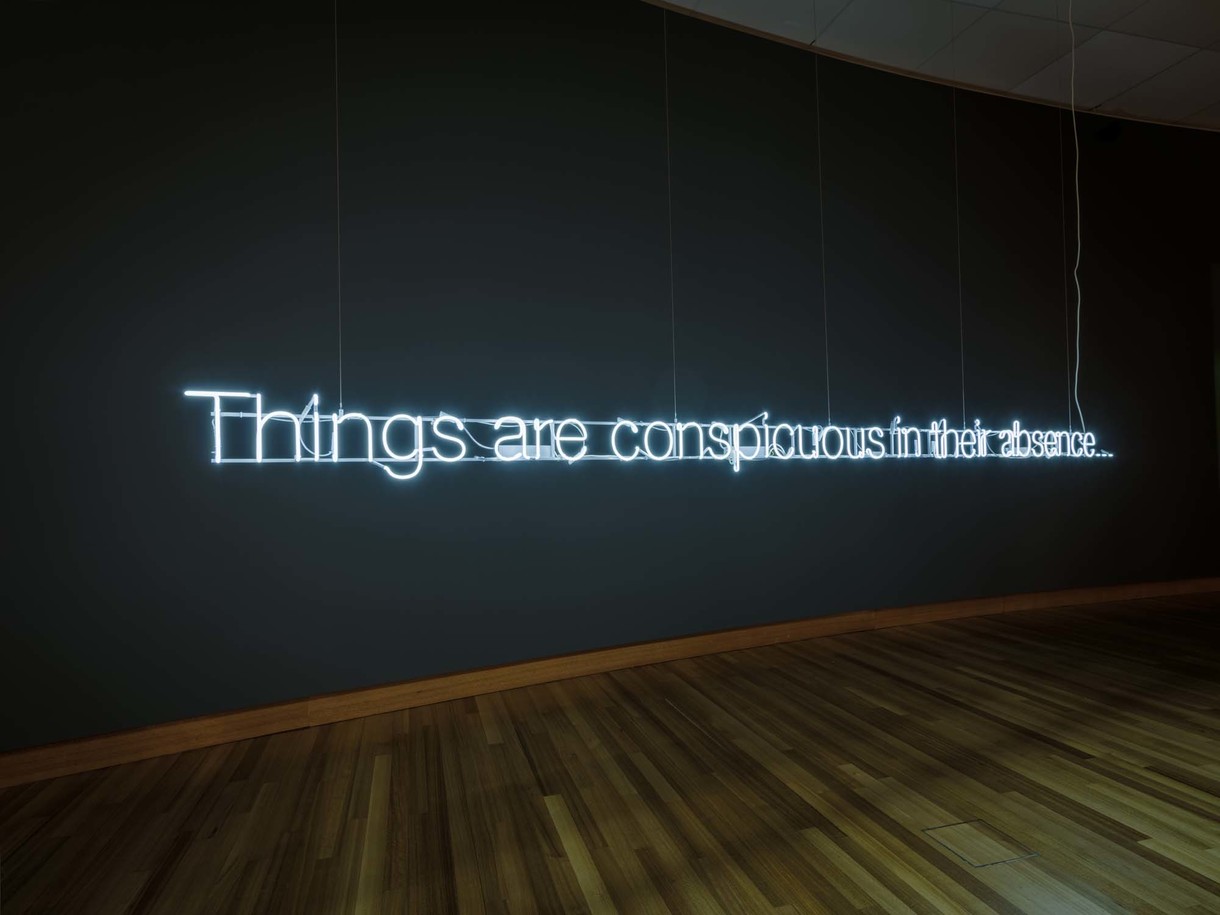
Cerith Wyn Evans's Things are conspicuous in their absence...
I have never seen an artwork reflect something so true. “Things are conspicuous in their absence” is such an uncommonly heard reflection that it is eye-catching. When things are around us, they seem normal and often go unnoticed; the moment they are gone it can be startling and we wake up.
Commentary
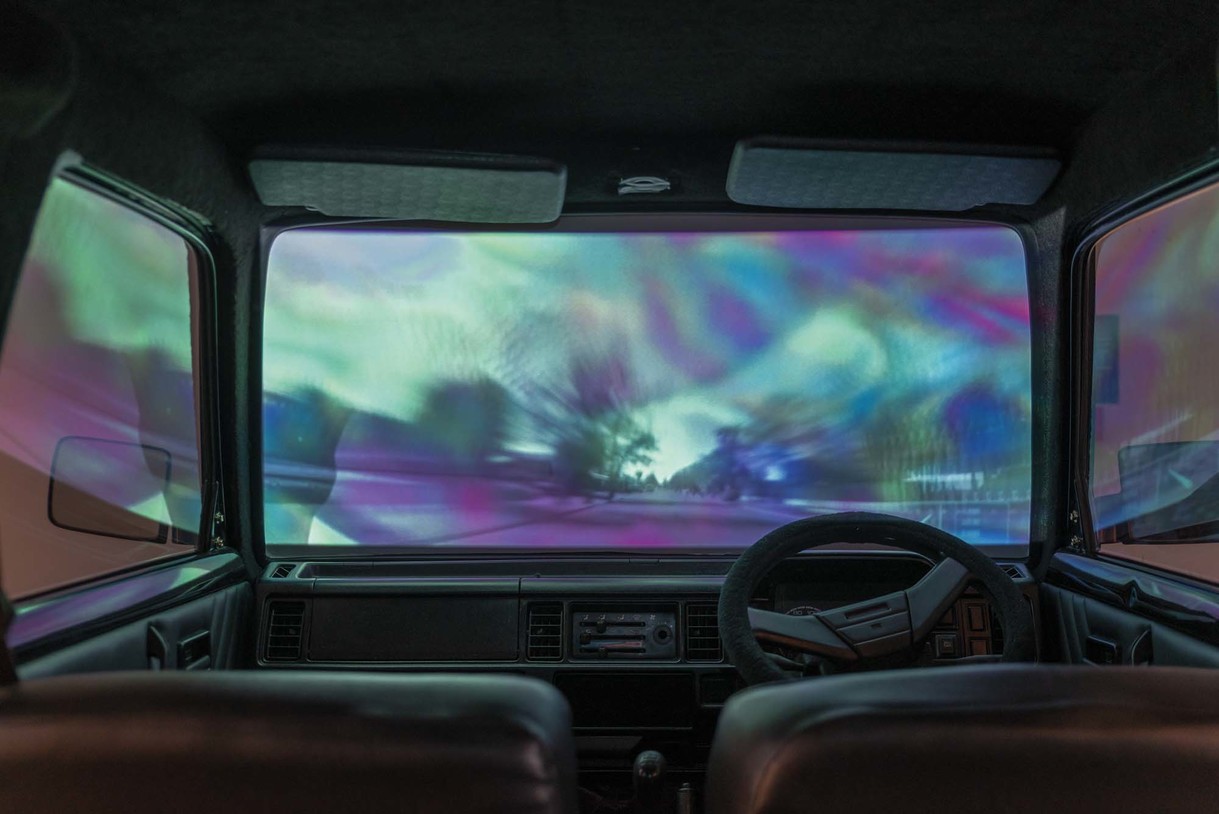
Te Āhua o te Hau ki te Papaioea
The ‘Operation 8’ anti-terror raids in October of 2007 were the culmination of a police investigation that led to the raiding of homes across New Zealand. The raids were conducted after an extended period of surveillance, which was enabled through use of the 2002 Terrorism Suppression Act. In 2013 the Independent Police Conduct Authority found that police had “unnecessarily frightened and intimidated” people during the raids.
Commentary
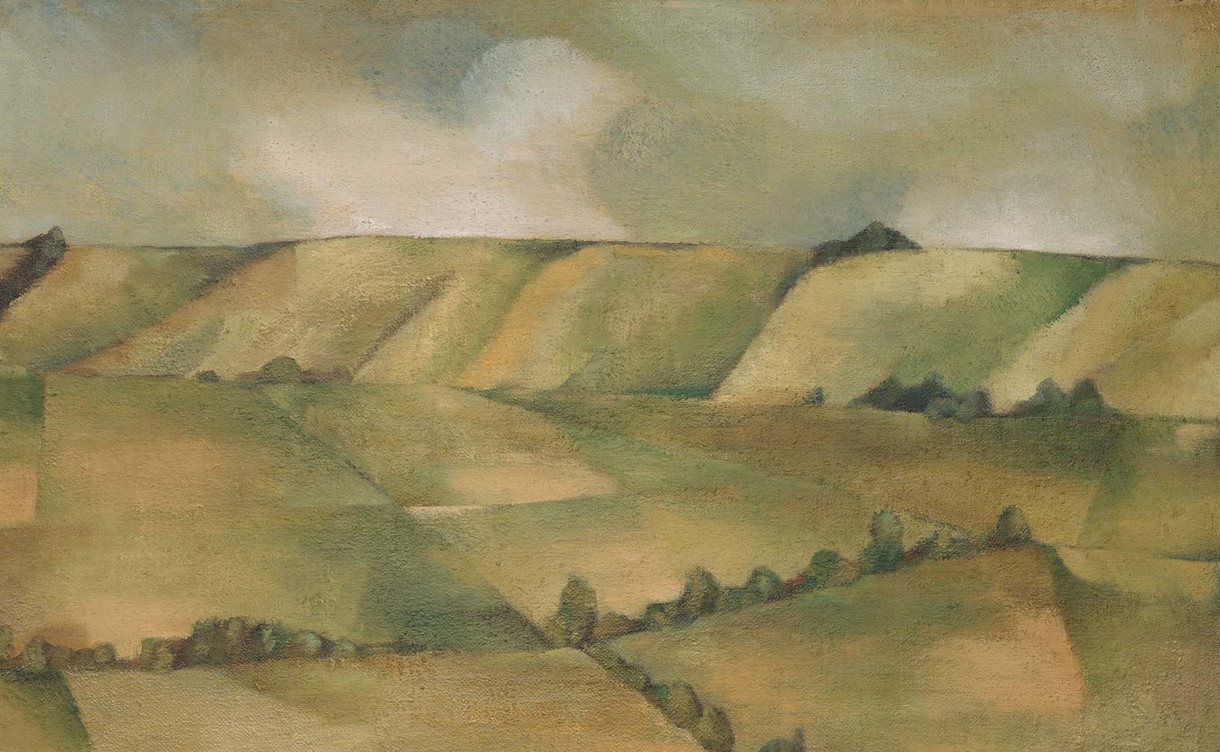
What We Talk About With McCahon
Where to begin when writing or talking about Colin McCahon? I remember seeing one of his paintings for the first time, a North Otago landscape painted deep green with a sunless white sky on a piece of hardboard, hanging at the Forrester Gallery in Ōamaru while on a family trip when I was a young teenager. I felt like I recognised the landscape depicted from what I saw around me growing up, but I hadn’t seen it reduced to something so stark and primal before.
Interview
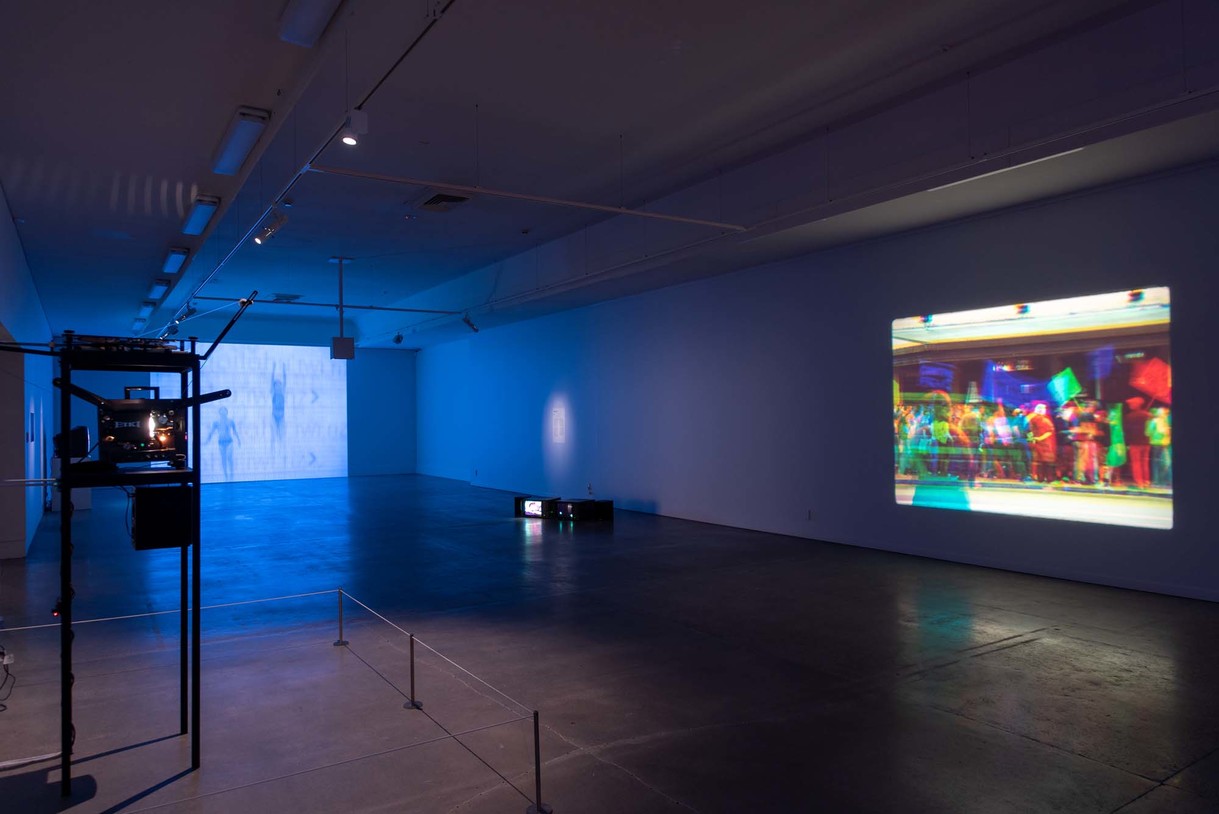
Looking at Forty Years of Māori Moving Image Practice
Māori Moving Image: An Open Archive is co-curated by Bridget Reweti and Melanie Oliver. The following text is a conversation between the two curators around co-curating, archives and Māori moving image practice.
Artist Profile
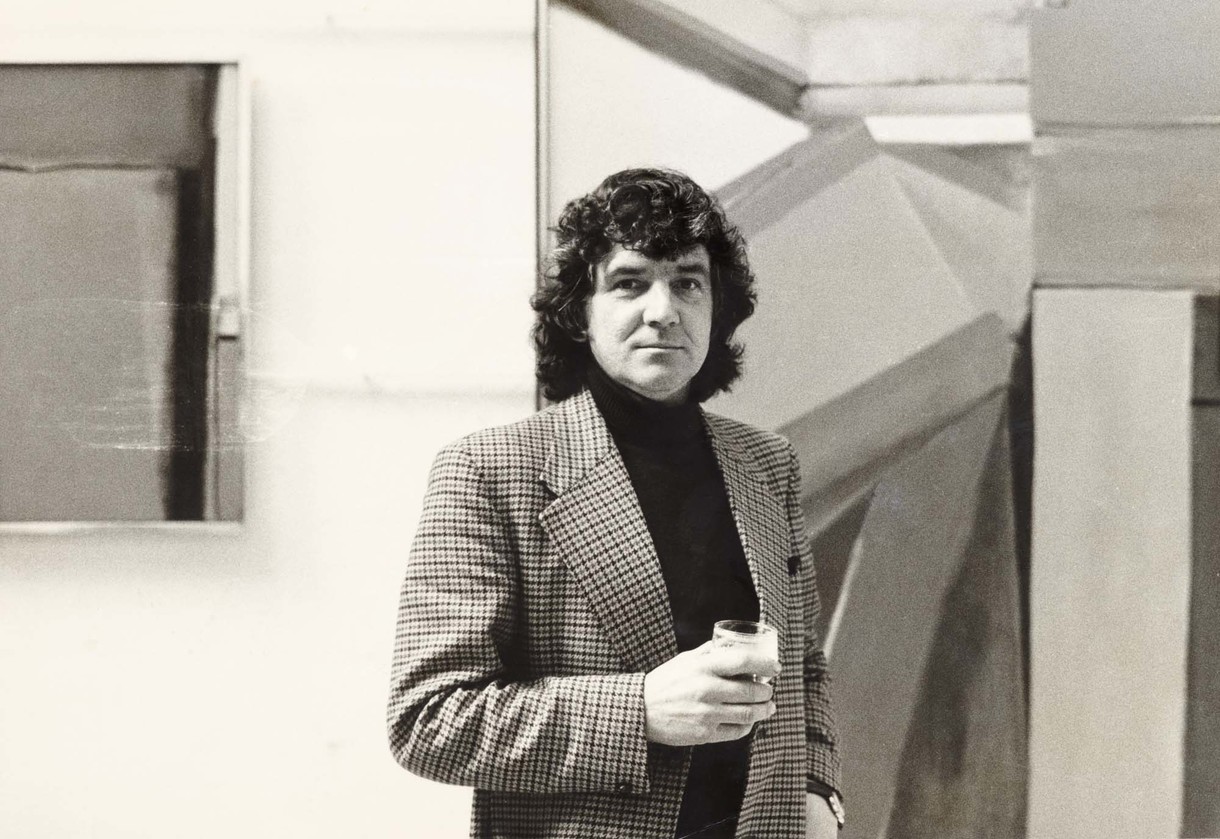
In Memory of Quentin MacFarlane
Staff at Christchurch Art Gallery Te Puna o Waiwhetū were saddened to hear of the death of Quentin MacFarlane in July.
Commentary
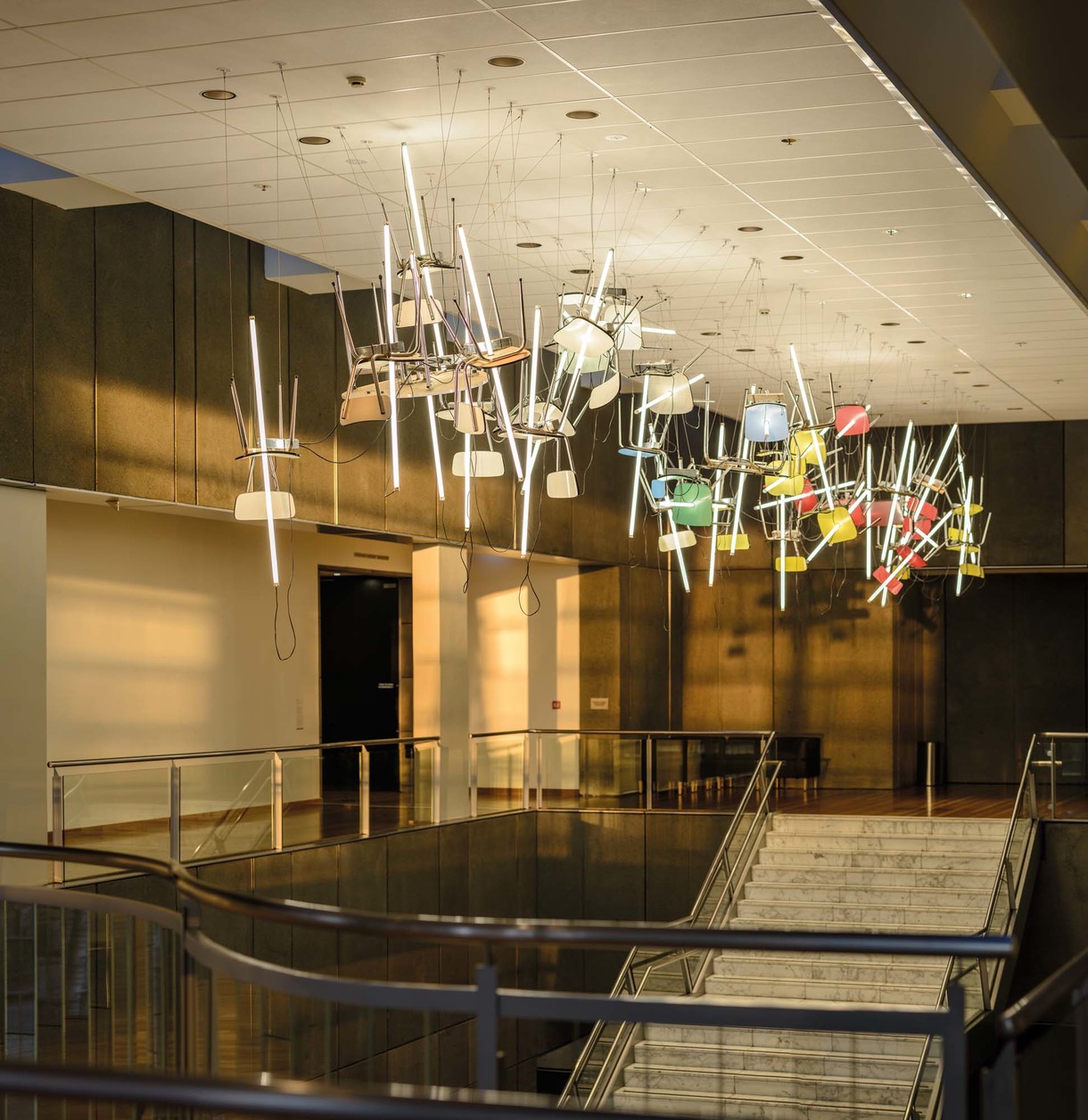
Raising a Glass
Bill Culbert died aged 84 on 28 March this year at his home in the Vaucluse region of Provence. Built from dilapidated farm buildings on a small hilltop at a deserted hamlet called Croagnes, it’s a home that he and his wife Pip began to establish in 1961. Then, the region was a sparsely populated economic backwater – the Culberts bought the hilltop buildings for just £100. In the valleys and on the surrounding slopes were a few small vineyards and farms. A 1962 painting, Gerard Going to Work, shows their neighbour, the farmer Felix Gerard, trudging off down the stony hillside wearing a wide- brimmed hat like the one worn by Vincent van Gogh at Arles.






